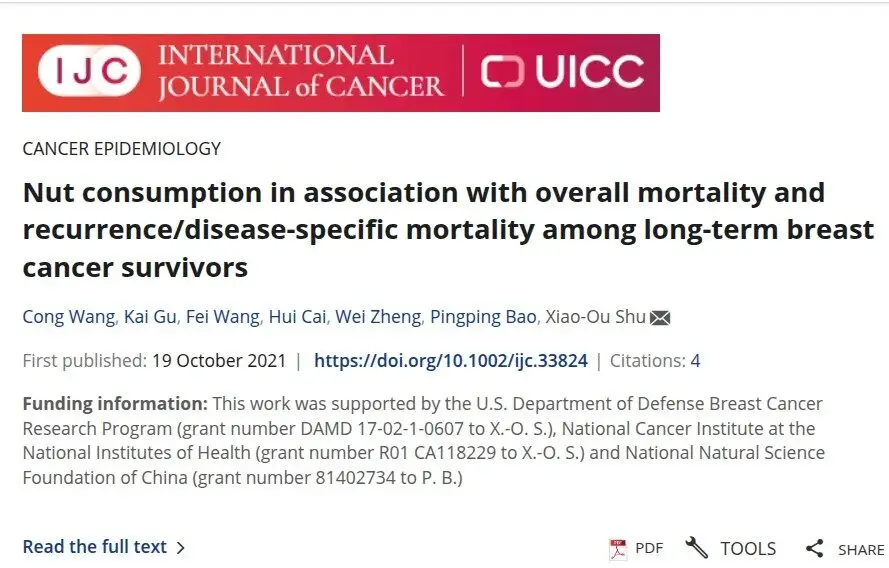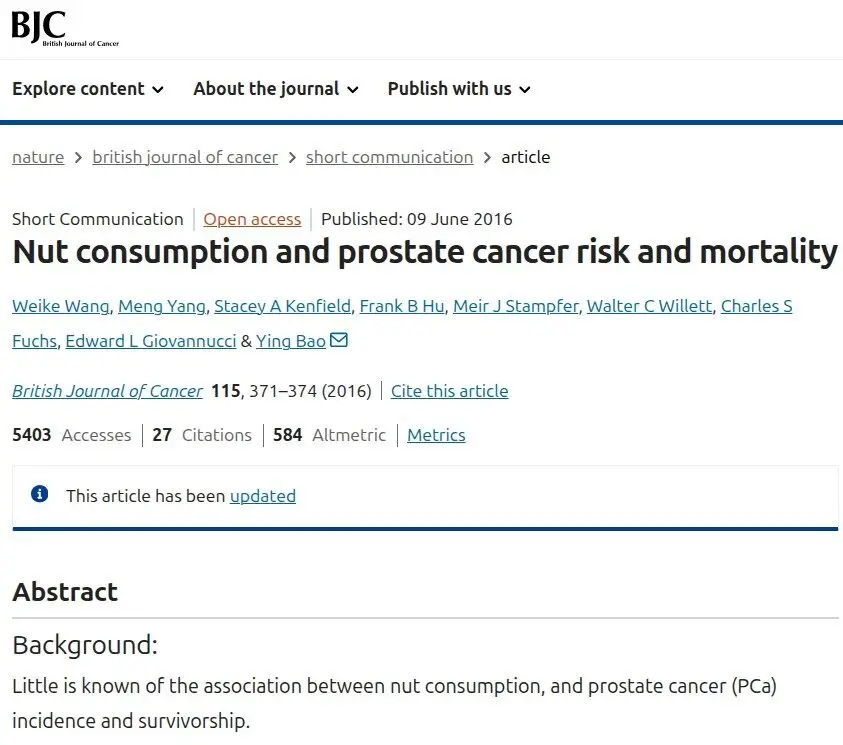Analyses by amount of nut intake showed a dose-response relationship for both OS [overall survival] and DFS [disease free survival]. Compared with non-consumers, those with nut consumption amounts greater than the median (17.32 g/week) and equal to or less than the median had a respective 52% (HR=0.48) [hazard ratio] and 45% (HR=0.55 ) lower risk of cancer recurrence, metastasis, or breast cancer-specific death, with a linear dose-response relationship.
The form creates your own page where you can describe your plan and upload details of supplements, functional foods and anything else you like to include
UPDATE an existing plan using the form below this one
ALWAYS ANONYMOUS
UPDATES : Select the name of your plan below (“select post”)
Make any changes you want including uploading new files. These will replace your earlier entries.
In case of any issue just reach out using our contact form




